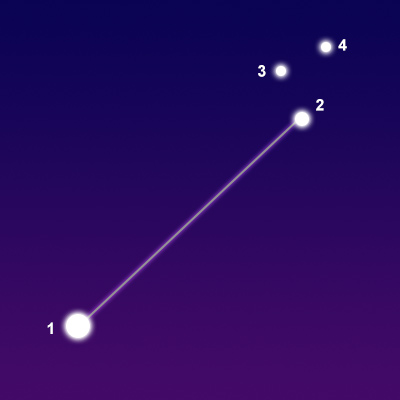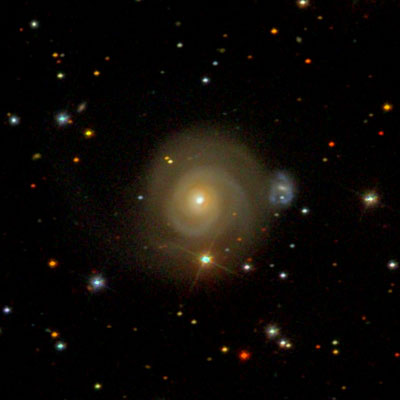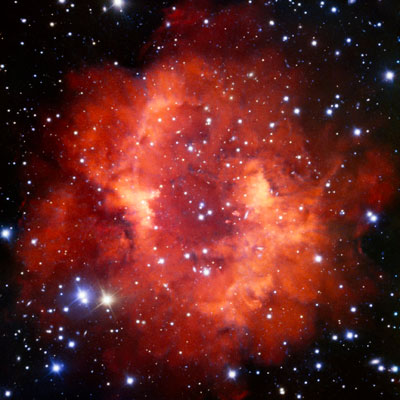Pronunciation:
(KAY-nis MY-ner)Abbreviation:
CMiGenitive:
Canis MinorisRight Ascension:
8 hoursDeclination:
5 degreesArea in Square Degrees:
183Crosses Meridian:
9 PM, March 1Visible Between Latitudes:
85 and -75 degreesThe constellation Canis Minor, the little dog, is visible in the northern hemisphere from December until April. It is can be seen at latitudes between 90 degrees and -75 degrees. It is a small constellation covering an area of only 183 square degrees. This ranks it 71st in size among the 88 constellations in the night sky. It is bordered by Monoceros to the south, Gemini to the north, Cancer to the northeast, and Hydra to the east.
Canis Minor is one of the 48 constellations first cataloged by the Greek astronomer Ptolemy in the second century. Its name means “lesser dog” in Latin. It represents the smaller of Orion's two hunting dogs along with its larger neighbor, Canis Major. In another legend, this constellation represents Maere, the dog of the wine-maker Icarius, who was killed by his friends after they mistakenly thought that Icarius was trying to poison them. Canis Minor was sometimes associated with the Teumessian Fox, the beast that could not be outrun. Zeus turned the fox to stone along with its hunter, the dog Laelaps. Zeus then placed the two of them in the heavens as Canis Minor and Canis Major. Canis Minor is usually depicted on charts as a small dog standing on the back of Monoceros, the unicorn.

points of interest below © Sea and Sky

© Torsten Bronger CC BY-SA 3.0
Gomeisa
Gamma Canis Minoris
Epsilon Canis Minoris
"The Bleary Eyed"
N/A
N/A
Blue Subgiant Star
Binary Star System
Yellow Giant Star
2.89
4.33
4.99
Canis Minor is famous for the bright star Procyon. It is the brightest star in the constellation and the 8th brightest star in the night sky with a visual magnitude of 0.38. It is a binary star system located only 11.4 light years from Earth. The name Procyon means "before the dog". The star got its name from the fact that is rises before Sirius, the dog star, in the constellation Canis Major. The second brightest star is Gomeisa with a magnitude of 2.89. It is a blue subgiant star that lies 170 light years from our solar system.
Canis Minor contains no Messier objects. It does contain a few faint deep-sky objects that can only be seen with very large telescopes. The brightest of these is NGC 2485, a spiral galaxy with a visual magnitude of only 12.4. A faint planetary nebula known as Abell 24 can also be found here.

© Sloan Digital Sky Survey / CC BY 4.0

© European Southern Observatory / CC BY 4.0



